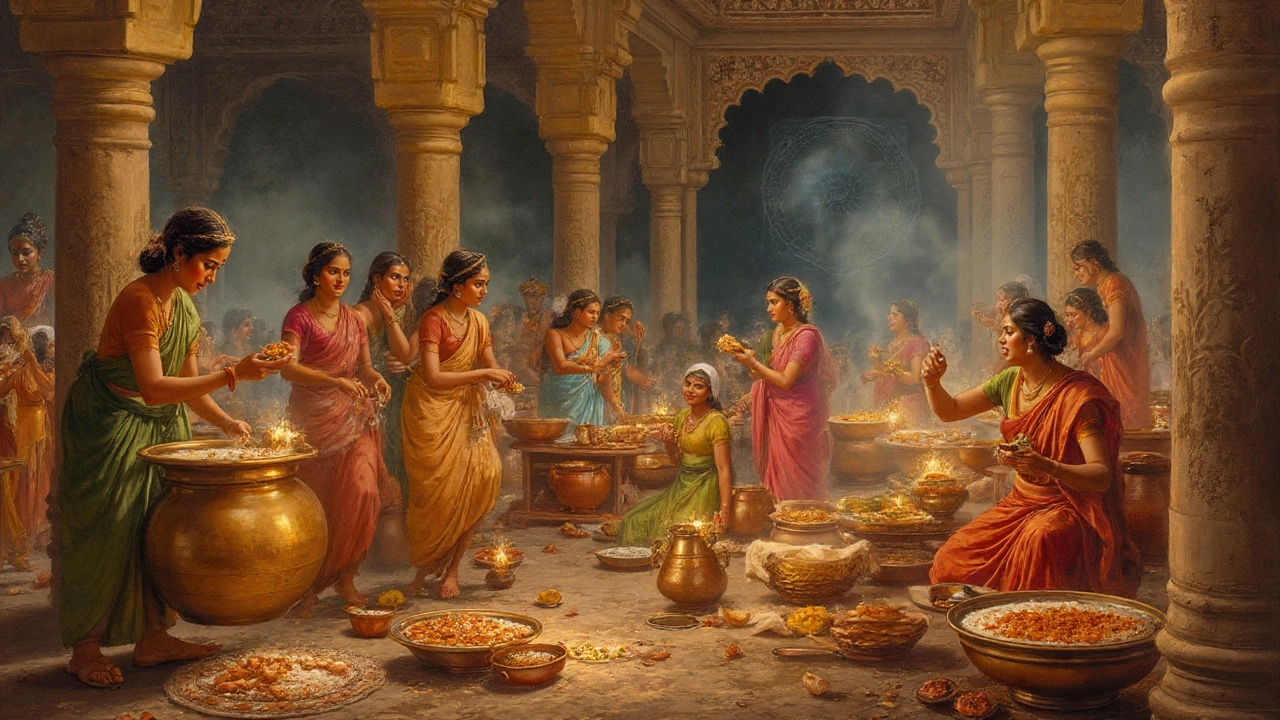Indian Dessert History: From Ancient Rituals to Modern Treats
Ever wonder why Indian sweets taste so unique? It’s not just the spices – it’s a long, colorful history that mixes religion, royal courts, and street stalls. From the first sugarcane harvests to today’s Instagram‑worthy desserts, each sweet has a story.
Early Roots and Sacred Sweetness
Back in the Vedic age, sugar was a luxury, used mostly in worship. People would grind jaggery, honey, and unrefined cane to create simple offerings called prasad. These early sweets were meant to please the gods, so they were always pure and natural. Over time, as trade routes opened, refined sugar arrived from Persia and later Europe, making it easier to craft richer desserts.
One of the first truly iconic sweets is payasam, a rice‑pudding flavored with cardamom, nuts, and milk. It shows how dairy and grains combined with sweeteners to create a comforting dish that still appears at festivals and weddings.
Regional Favorites and How They Changed
Every Indian state added its own twist. In the north, the Mughal courts loved milk‑based treats, giving us falooda and shahi tukda. The Mughals also introduced rose water and saffron, turning simple sweets into royal delicacies.
Down south, coconut and jaggery ruled. Classics like mysore pak and karanji showcase how regional ingredients shaped flavor. In the west, the spice‑laden city of Gujarat gave us dhansak ladoo, mixing chickpea flour with ghee and nuts.
Modern times brought new ideas. The 20th century saw factories mass‑produce sweets like gulab jamun and jalebi. While the recipes stayed similar, the scale changed – now you can grab a dozen gulab jamuns from any corner shop within minutes.
If you’re curious about health, look at the recent trend of swapping refined sugar for jaggery or using less ghee. Articles like “Which Indian Sweet Is Healthy?” explain how smaller portions and smarter swaps keep the taste without the guilt.
Whether you’re making a traditional payasam for a family ceremony or trying a low‑sugar version of jalebi, knowing the backstory makes the cooking more fun. You’ll understand why a pinch of cardamom matters, or why a deep‑fried shape looks like a flower.
So next time you bite into a piece of mithai, remember it’s more than just sugar – it’s a piece of Indian history riding on your tongue.
Ancient Indian Sweets: The Fascinating Origins of India's Oldest Mithai
Travel back centuries to discover the oldest sweet in India, its flavorful history, and why this dessert still makes hearts melt today.
